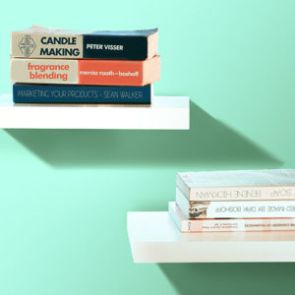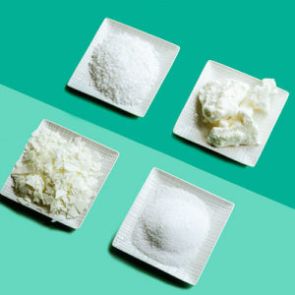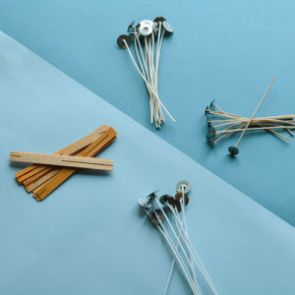Lye – How to Safely Handle & Use
What is lye (Sodium Hydroxide)?
A lye is a metal hydroxide traditionally obtained by leaching ashes, or a strong alkali which is highly soluble in water producing caustic basic solutions. There are 2 kinds of hydroxides used in soapmaking, potassium hydroxide which is used to make liquid soap and sodium hydroxide used to make bar soap. Lye isn’t just for soapmaking, in fact it is used to manufacture many things such as paper products, pharmaceuticals, food and even in municipal water treatments. It’s a very versatile chemical and it does a lot of good for us.
Can you make soap without it?
Saponification is the chemical reaction that makes soap, well soap and this occurs by adding a lye solution to oils. So no, soap cannot be made without using lye. So once the saponification is complete, the oil molecules and the lye water solution molecules have come together and created an entirely new chemical compound… SOAP! Meaning, if made properly there is absolutely no lye in your finished soap product.
What about Melt and Pour soap bases?
When using a melt and pour base, you may not add lye to it, however it is soap that was made with lye and oils with added surfactants to make the product re-melt able.
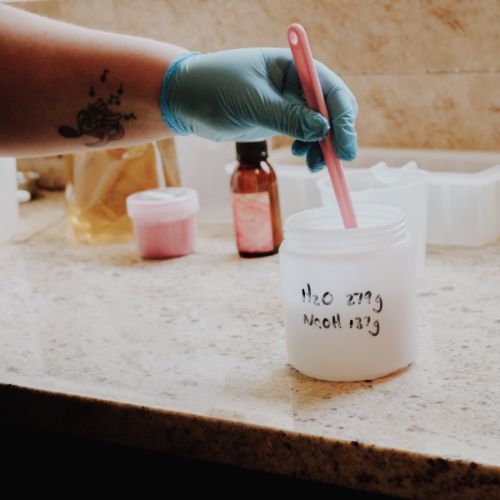
What can you mix it in since it is so corrosive?
When picking containers to mix it in, we recommend 3 different options. Stainless steel, Polypropylene or high-density polyethylene. Stainless steel is amazing to work with and super easy to clean, but it is expensive. So, if you are first starting out, I recommend that you go to a local plastics shop and get some plastic containers with screw top lids. To identify if a container is the right kind of plastic, flip it upside down and look for one of these two recycling codes

If you have chosen to recycle some old food storage containers, that is fine, but DON’T use them for food after using it for you lye. Also make sure anything used to store your lye solution in should have screw top lids; if you accidently drop your container, nothing should spill, leak or shatter. We do not recommend using glass for mixing your lye solution because it can eventually etch over time and it can also break. Also, using breakable things in an area that already requires so much safety is just generally not a good idea.
For your mixing spoons we also recommend either stainless steel or plastic, even silicone spatulas. Don’t use wooden spoons, the lye water solution will eat it.
For your liquid solution, you can get very fancy…. You can use milks, teas, vegetable juices, fruit juices, even beers and wines. We recommend for any beginner to start out with just plain water. Either distilled or de-ionised water.
Time to talk safety.
When manufacturing anything, safety should be number one on your priority list. It is far better for you to be too safe, than not safe enough.
Always wear protective eyewear!
Any person near an open lye solution container must wear protective eyewear. If lye gets into your eye, it can potentially cause you to lose your eyesight, so please be very careful and take the necessary precautions as set out in this article. If the worst scenario has happened and you do need first aid, follow the lye safety data sheet provided by all reputable lye suppliers.
Use protective gloves & clothes.
You can use disposable latex or nitrile gloves, or even rubber gloves that you would use for dishwashing. What type you use is your decision but be sure to wear it through your entire soapmaking process from prep to clean-up. You should also be wearing closed toed shoes, long sleeve shirts and long pants. That way your skin and feet are covered. Accidents do happen, so its good to be prepared for the worst.
A respiratory mask.
A respiratory mask should be used when making your lye solution. Adding lye to water will create an irritating chemical steam that will rise from your container. It can make you cough and severely irritate the respiratory tract. You can minimise the steam your solution creates by using frozen liquids instead of room temperature liquids. This is an option, but its not compulsory.
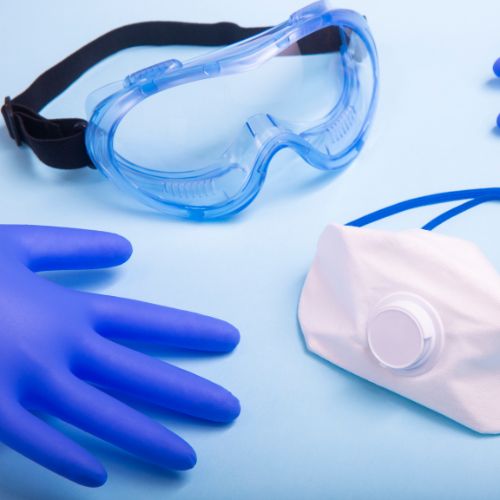
Work in a well-ventilated area.
It doesn’t have to be a huge room, as long as it is in a space that gets good airflow and isn’t closed off. You could simply also turn on a fan and open a window.
Keep away from children & pets.
You need to make sure the area in which you are working with lye is secure from all pets, small children or other people not dressed in proper safety gear. Ensure your bottled lye and liquid lye solutions are kept in a secure location, ideally with a lock on them.
The number one thing that scares people out of making soap is the idea of working with a caustic substance. We like to compare soapmaking with driving a car. Yes, it can be scary, especially you’re first couple of times. But if you follow the rules of the road and study up before your first drive, it will get easier, and you will get more comfortable as you continue to practice.
Let’s prep your lye solution.
*Before attempting to make your own soap using lye (Hot Process or Cold Process) we recommend you read a few soapmaking articles, watch some YouTube videos on soapmaking, watch some of our videos on basic cold process soapmaking or sign up for our beginner class.
To prep your lye solution to make soap, you need to have a recipe. The recipe will need to have been run through a lye calculator (https://saponicalc.com/). Based on your recipe you will need to use a very specific amount of lye for your specific choice of oils. Each oil has a different saponification value, meaning different oils need different amounts of lye to fully combine and make soap. Some oils would need more lye than others to saponify.
You can also super fat your soap, meaning adding extra oils to your recipe, in addition to what you need for saponification (create soap). This will ensure that you have free floating oils in your bar that has not reacted with the lye, helping to create a more nourishing and moisturising bar of soap. All these terms are explained in our Glossary of Soapmaking terms.
For example, if your recipe calls for 209g of water and 112g of Sodium Hydroxide (lye).
- Weigh out your water into the container you have chosen to use as your lye solution container. Soapmaking always works in weight, never millilitres or litres.
- Use a different container and weigh out your lye. Do not weigh it directly into your water as you might accidentally add too much, and you won’t be able to get it out.
- Once you have your lye and your water weighed out, slowly start adding your lye to your water, stirring gently. NEVER EVER ADD YOUR WATER TO YOUR LYE, ALWAYS ADD YOUR LYE TO YOUR WATER. If you add you water to your lye it can cause a lye volcano that bubbles out of your container.
- Continue stirring until all the lye has dissolved.
- Once it has been fully dissolved, let your lye cool down a little and cover your container with a lid. If you don’t plan on using it that same day, make sure you write the date on the container. We don’t recommend using lye water that is more than 14 days old as it does weaken and evaporate over time.
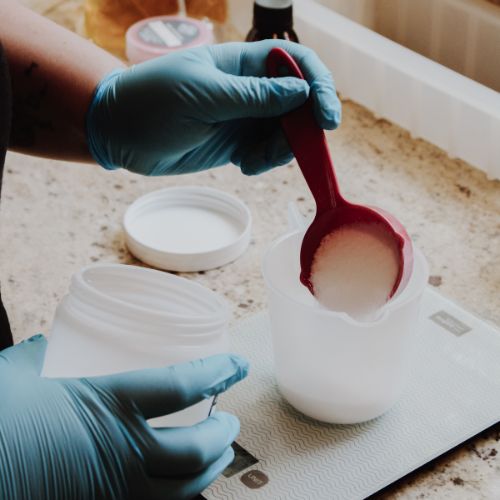
Clean-up
Keep on all your safety gear during this step. Rinse all your dishes in cold water. Place them off to the side to air-dry or wipe them out with a paper towel. Take a vinegar-soaked paper towel or wash cloth and wipe down anything that may have come into contact with your lye or lye water solution like your scale, countertops, utensils etc. The vinegar will neutralize any lye that may still be present, but vinegar should not be used to treat chemical burns… once again, please consult the MSDS sheet.


